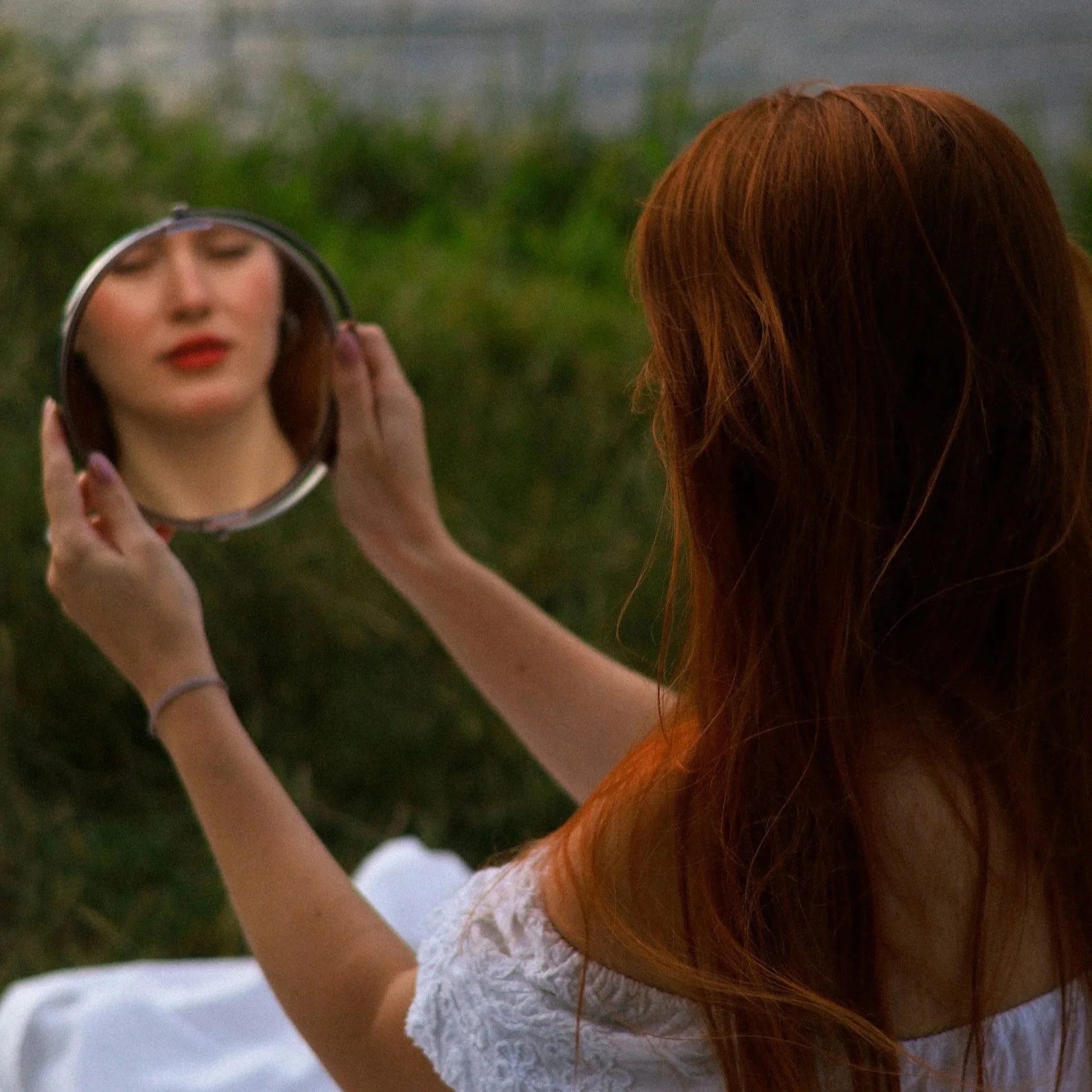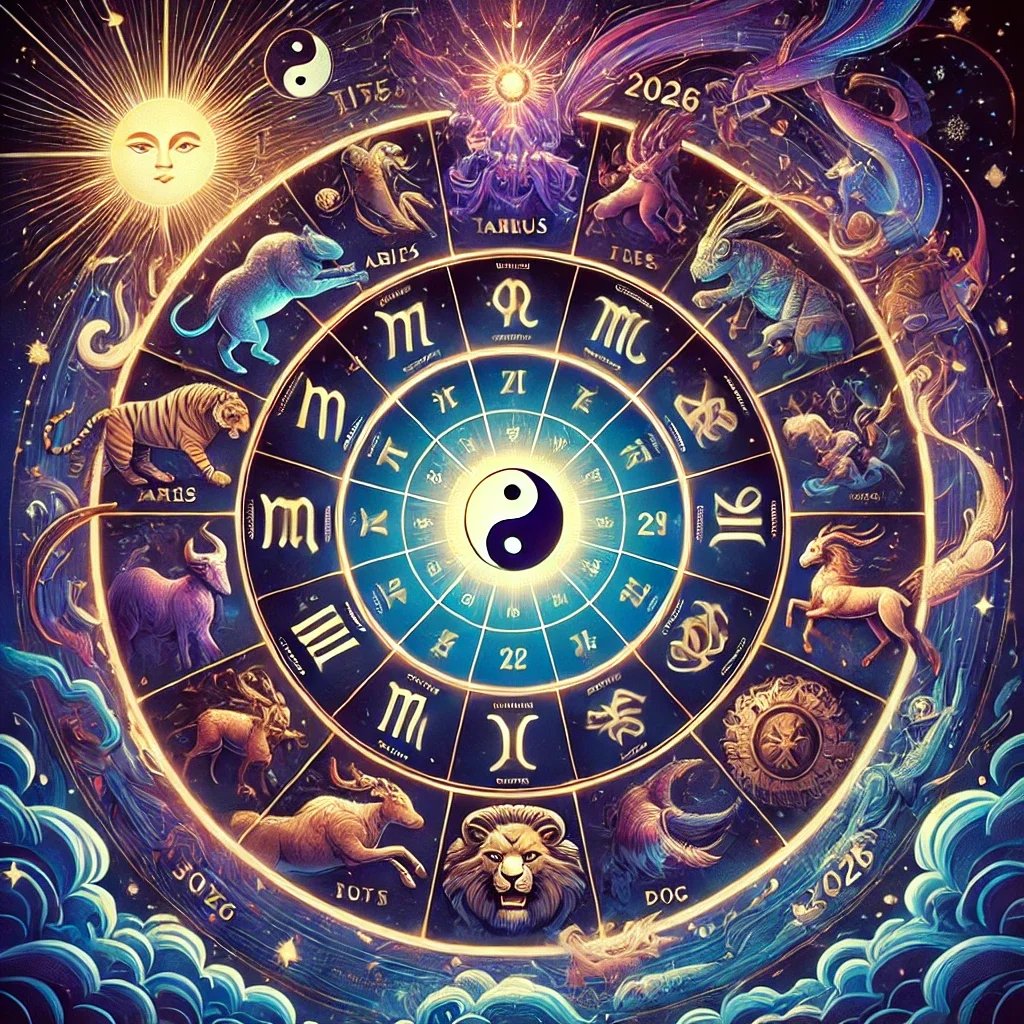Novel Matters By William Lama, Ph.D.
Novel Matters
By William Lama, Ph.D.
Model of a quasicrystal, a novel form of matter
Storyline: At Caltech a theoretical cosmologist from U. Penn. describes a new form of matter that he has invented. Impossible! Exclaims a Nobel Prize winner in physics. An experimental scientist announces the creation of this “impossible” material, but is not believed, and nearly loses his research position. This stranger-than-fiction tale takes us to the desolate tundra in Far Eastern Russia and to a meteorite created at the birth of the Solar System. You may wonder, is this science or science fiction, or is it postmodern science? Postmodern Science? By William Lama, Ph.D. — Palos Verdes Pulse
Once in a great while you come across a popular science book that can’t be put down. “The Second Kind of Impossible” by cosmologist Paul Steinhardt is one of those books. So, what is this mysterious novel form of matter? Does it really exist?
Let’s begin with a primer on crystal structure. Crystals are solids wherein the atoms (say Ag – gold) or atomic clusters (say H2O – ice) repeat periodically in 3-dimensions. This is analogous to the repeating patterns (tessellations) in two dimensions formed by a single type of floor tile. Here I will borrow a figure from Paul Steinhardt, one of the heroes of our story. The figure below illustrates five of the “allowed symmetries” in two dimensions: square, rectangle, parallelogram, triangle and hexagon. Note that five-fold symmetry does not work. Try tiling a floor with pentagons and you get gaps in the tile pattern.
“Quasicrystals” exhibit “forbidden” crystal symmetries in three dimensions. But do they exist, anyway? Read on.
Story
It was 1985 in Pasadena and Paul Steinhardt had just finished presenting his invention to the Caltech Physics Department when a loud voice from the front row exclaimed: IMPOSSIBLE! Steinhardt recognized the New York accent as that of his hero Richard Feynman. When Steinhardt was an undergrad at Caltech, he took introductory physics from Feynman using The Feynman Lectures on Physics. (The same text I used.)
Steinhardt’s invention was a novel form of matter that he called a “quasicrystal.” His prediction flew in the face of centuries of crystallography. Feynman wasn’t the only skeptic. Linus Pauling, the two-time Nobel laurate opined: “There is no such thing as quasicrystals, only quasi-scientists.”
Steinhardt and grad student Dov Levine based their invention on a two-dimensional impossibility, the magical tile patterns invented by Roger Penrose. A Penrose tiling has no translational symmetry; it cannot be shifted in any direction to match itself identically. However, any bounded region will be repeated within the tiling. Penrose showed that it took as few as two shapes, a kite and a dart (rhombuses), to create a Penrose tiling. Below is Sir Roger standing on one of his tilings.
But what about 3-dimensional quasicrystals? Enter our protagonist, Paul Steinhardt, now the Albert Einstein Professor of Science at Princeton and a man of many talents. He and graduate student Joshua Socolar created the 3-dimensional model of a multi-element quasicrystal shown at the top of this article.
Model’s are nice, but where is the physical proof. Our next hero is Israeli scientist Dan Shechtman on sabbatical at the US National Bureau of Science and Technology (NIST). Shechtman was investigating compounds of Aluminum using electron scattering. When the electron beam was fired at a sample of Al6Mn, Shechtman was astounded by the pattern of diffraction spots showing another “impossible” 10-fold symmetry. This was a real life quasicrystal.
Here is Shechtman describing the quasicrystal structure to colleagues.
The Quasicrystal Team at NIST, 1985. The Minerals, Metals & Materials Society
Dan Shechtman won the 2011 Nobel Prize for this discovery, but he never escaped the quasi-ridicule. When Shechtman ran for president of Israel in 2014, the Israeli press called him the "quasi-president" in reference to Pauling’s "quasi-scientist" comment.
There is so much more to the quasicrystal story including “international smugglers, corrupt scientists, secret diaries, fraudulent traders, political intrigue, and Russian security agents.” Not to mention the discovery of a sample from Russia in a Florence, Italy museum by geologist Luca Bindi. Or the mosquito infested tundra of Kamchatka in Russia. Or the Khatyrka meteorite, formed at the birth of the Solar System, that struck Earth near Kamchatka, with its payload of natural quasicrystals.
And what did Feynman mean by “the second kind of impossible”?
Read the book. It’s so much fun!
Dr. William Lama has a PhD in physics from the University of Rochester. Taught physics in college and worked at Xerox as a principle scientist and engineering manager. Upon retiring, joined the PVIC docents; served on the board of the RPV Council of Home Owners Associations; served as a PV Library trustee for eight years; served on the PV school district Measure M oversight committee; was president of the Malaga Cove Homeowner's Association. Writes about science, technology and politics, mostly for his friends.
email: wlama2605@gmail.com
Related Articles











